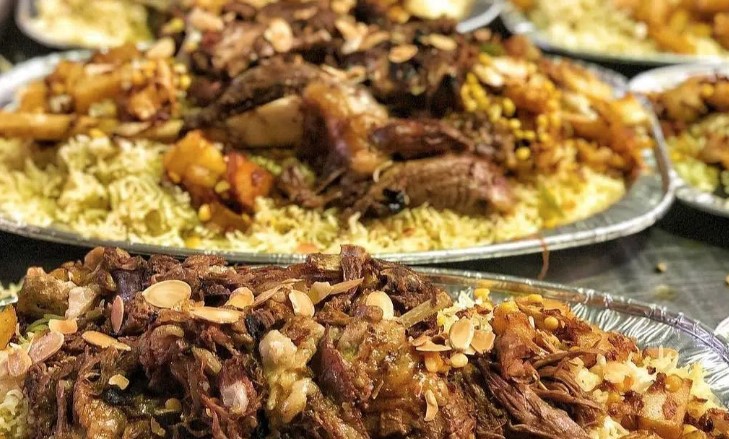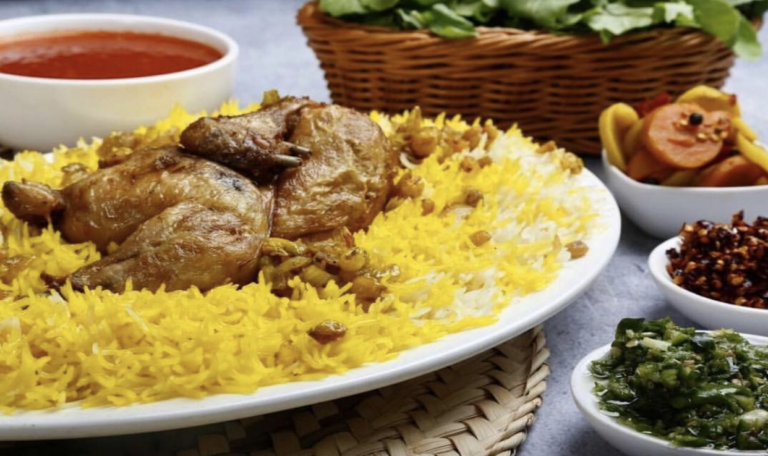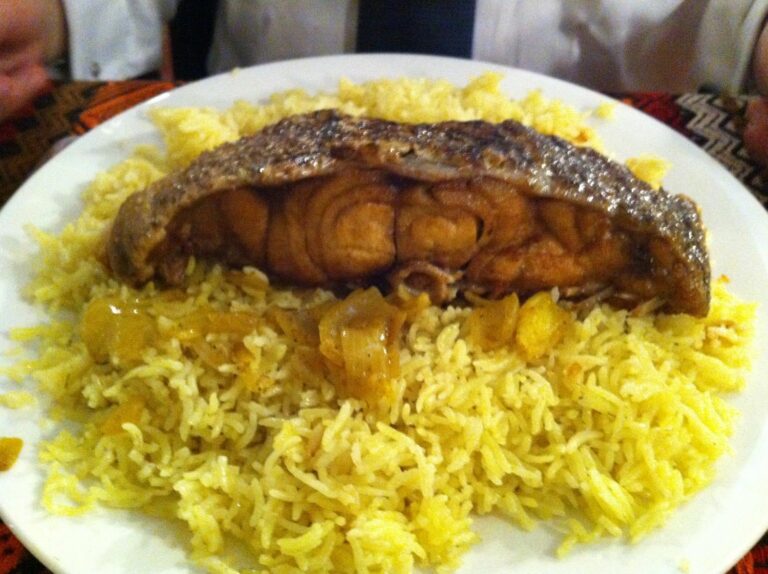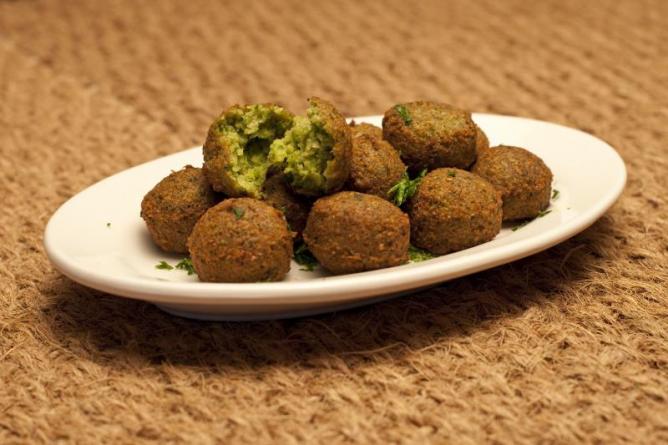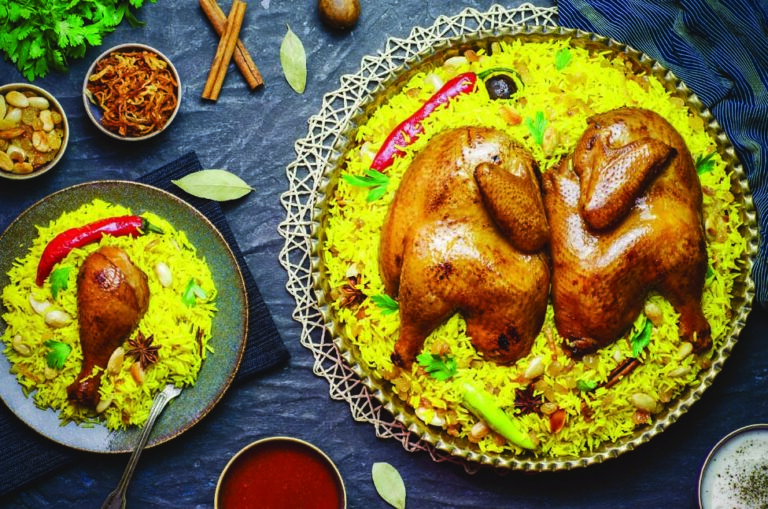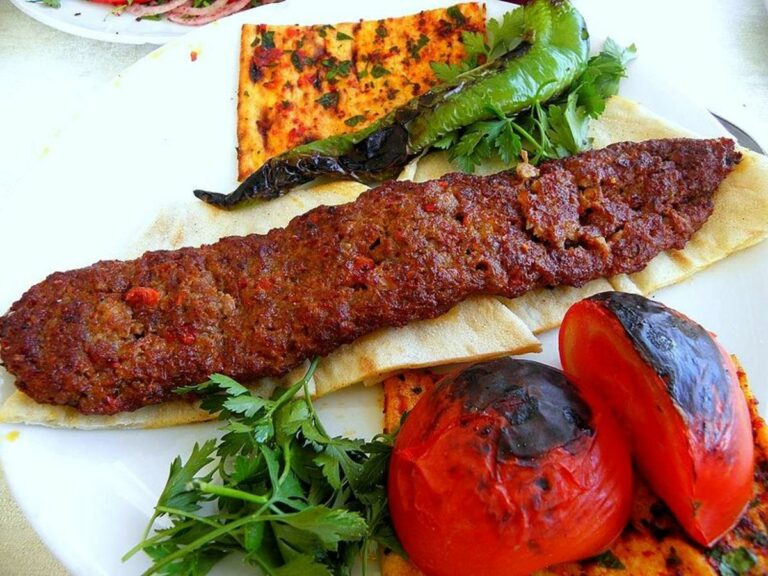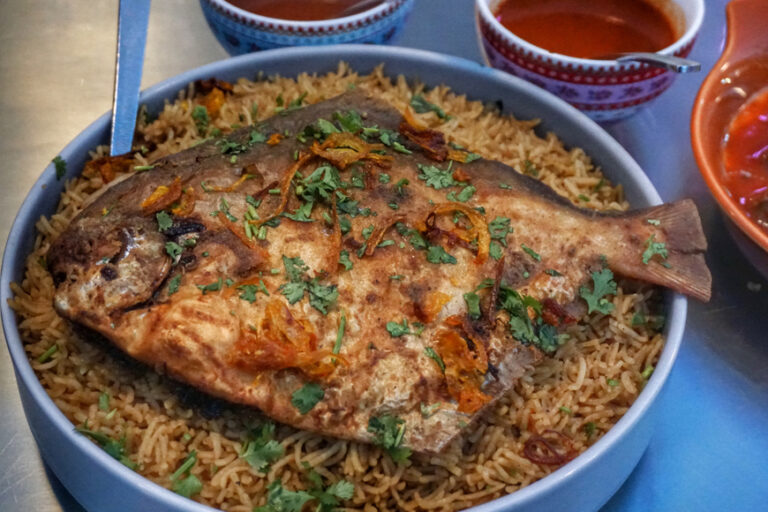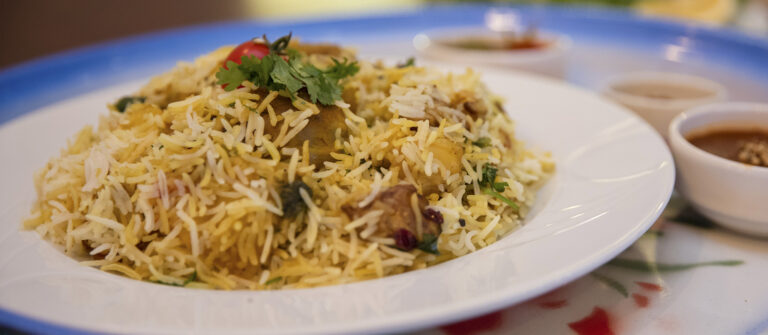Introduction: Kuwaiti cuisine beyond the classics
When we think of Kuwaiti cuisine, the first dishes that come to mind are usually the popular ones such as machboos, biryani, and balaleet. However, there are many lesser-known regional dishes and ingredients that make Kuwaiti cuisine unique and exciting. These dishes and ingredients have been passed down through generations of Kuwaiti families and are still cherished and enjoyed today.
Dish 1: Machboos Dijaj – Spicy Chicken and Rice
Machboos Dijaj is a traditional Kuwaiti dish that is similar to biryani. It is made with long-grain basmati rice, chicken, onions, tomatoes, and a blend of spices. The spices used include cumin, cinnamon, cardamom, and turmeric, which give the dish its distinct flavor and aroma. The dish is often served with a side of tomato and cucumber salad, as well as a yogurt-based sauce called raita.
Dish 2: Thareed – Bread and Meat Stew
Thareed is a hearty stew that is made with bread, lamb or chicken, and vegetables. The bread used in the stew is typically a thin, crispy flatbread called regag. The bread is torn into pieces and added to the stew, where it soaks up the flavorful broth and becomes soft and chewy. Thareed is a popular dish during Ramadan, as it is filling and provides energy for those who are fasting.
Dish 3: Gers Ogaili – Sweet Vermicelli Dessert
Gers Ogaili is a sweet dessert that is made with vermicelli noodles, sugar, ghee, and cardamom. The vermicelli noodles are first toasted in ghee until they are golden brown, then mixed with sugar and cardamom. The mixture is then baked until it is golden and crispy. Gers Ogaili is usually served with a hot cup of tea and is a favorite dessert among Kuwaiti families.
Ingredient 1: Sumac – Tangy Spice with a Twist
Sumac is a tangy spice that is made from the dried berries of the sumac plant. It is a popular spice in Kuwaiti cuisine and is often used to add flavor to dishes such as grilled meats, salads, and dips. It has a tart flavor with a slightly sour and fruity taste, making it a unique addition to many dishes.
Ingredient 2: Hamour – Local Fish Delicacy
Hamour is a local fish that is found in the Persian Gulf. It is a delicacy in Kuwaiti cuisine and is often served grilled or fried. The fish has a firm, white flesh that is mild and slightly sweet in flavor. It is usually seasoned with spices such as cumin, coriander, and turmeric, and is often served with a side of rice or salad. Hamour is a must-try for seafood lovers visiting Kuwait.
In conclusion, Kuwaiti cuisine is full of hidden gems that are just waiting to be discovered. From the hearty Thareed stew to the tangy Sumac spice, there is something for everyone to enjoy. The next time you visit Kuwait, be sure to try some of these lesser-known dishes and ingredients to truly experience the rich flavors and traditions of Kuwaiti cuisine.

